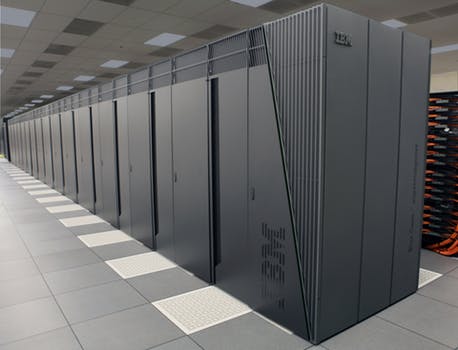TheDeveloperBlog.com
C-Sharp | Java | Python | Swift | GO | WPF | Ruby | Scala | F# | JavaScript | SQL | PHP | Angular | HTML
Apache Spark RDD
Apache Spark RDD with Spark Tutorial, Introduction, Installation, Spark Architecture, Spark Components, Spark RDD, Spark RDD Operations, RDD Persistence, RDD Shared Variables, etc.
What is RDD?The RDD (Resilient Distributed Dataset) is the Spark's core abstraction. It is a collection of elements, partitioned across the nodes of the cluster so that we can execute various parallel operations on it. There are two ways to create RDDs:
Parallelized Collections
To create parallelized collection, call SparkContext's parallelize method on an existing collection in the driver program. Each element of collection is copied to form a distributed dataset that can be operated on in parallel. val info = Array(1, 2, 3, 4) val distinfo = sc.parallelize(info) Now, we can operate the distributed dataset (distinfo) parallel such like distinfo.reduce((a, b) => a + b). External Datasets
In Spark, the distributed datasets can be created from any type of storage sources supported by Hadoop such as HDFS, Cassandra, HBase and even our local file system. Spark provides the support for text files, SequenceFiles, and other types of Hadoop InputFormat. SparkContext's textFile method can be used to create RDD's text file. This method takes a URI for the file (either a local path on the machine or a hdfs://) and reads the data of the file. 
Now, we can operate data on by dataset operations such as we can add up the sizes of all the lines using the map and reduceoperations as follows: data.map(s => s.length).reduce((a, b) => a + b).
Next TopicRDD Operations
|
Related Links:
- Apache Kafka vs Apache Storm
- Apache POI Tutorial
- Apache Ant Tutorial
- Apache Cordova Tutorial
- Apache Kafka Tutorial
- Apache Spark Tutorial
- Apache Kafka Use Cases
- Apache Kafka Producer
- Apache Kafka Consumer and Consumer Groups
- Apache Kafka Applications
- Apache Kafka Advantages and Disadvantages
- Apache Kafka Multiple Clusters
- Apache Kafka vs RabbitMQ
- Apache Spark Char Count Example
- Apache Spark Introduction
- Apache Spark Installation
- Apache Spark Architecture
- Apache Spark Components
- Apache Spark RDD
- Apache Spark RDD Operations
- Apache Spark RDD Persistence
- Apache Spark RDD Shared Variables
- Apache Spark Word Count Example
- Apache Kafka Architecture

